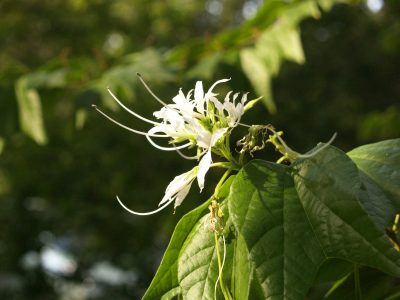When should I prune clumping grasses?
Clumping grasses like Lindheimer muhly, Gulf muhly, inland sea oats, Mexican feather grass, bamboo muhly and fountain grass are super garden standouts for texture, structure, and striking seed heads.
These grasses go dormant in winter and brown up their foliage. In spring, they reemerge with new lush growth. February is a good time to cut them back.
If your ornamental grasses go dormant early and you can’t stand the look of the messy brown leaves, prune them as early as late fall or early winter. But if they have attractive seed heads or some other nice quality while they’re dormant, you can leave them alone until as late as the end of February.
Also, overwintering butterflies may harbor in their leaves for warmth. Small animals may also seek protection in them and some birds will eat the seed heads of many species.
The smaller the plant the easier it will be to prune, and you’ll need to cut straight across, leaving most grasses at a height no more than 6 inches from the ground. If the plant is small, it won’t be too hard to do this with a pair of pruning shears while holding the grass with one hand.
But as the plant gets larger, you may need to use a larger pruning tool, such as a pair of hedge trimmers, or even an electric trimmer, which will allow you to us both hands to cut in a flat plane, parallel to the ground. If the grass is very large and thick, you may want to tie the leaves into one or several small bundles, using masking tape or garden twine, to keep it in place while you prune.
Purple fountain grass and other cold-tender pennisetums may completely die in harsh winters. If there is no sign of life, dig them up and re-plant after the last frost date.

 Christy Ten Eyck
Christy Ten Eyck David Cristiani
David Cristiani Daphne Richards
Daphne Richards
 Merrideth Jiles
Merrideth Jiles